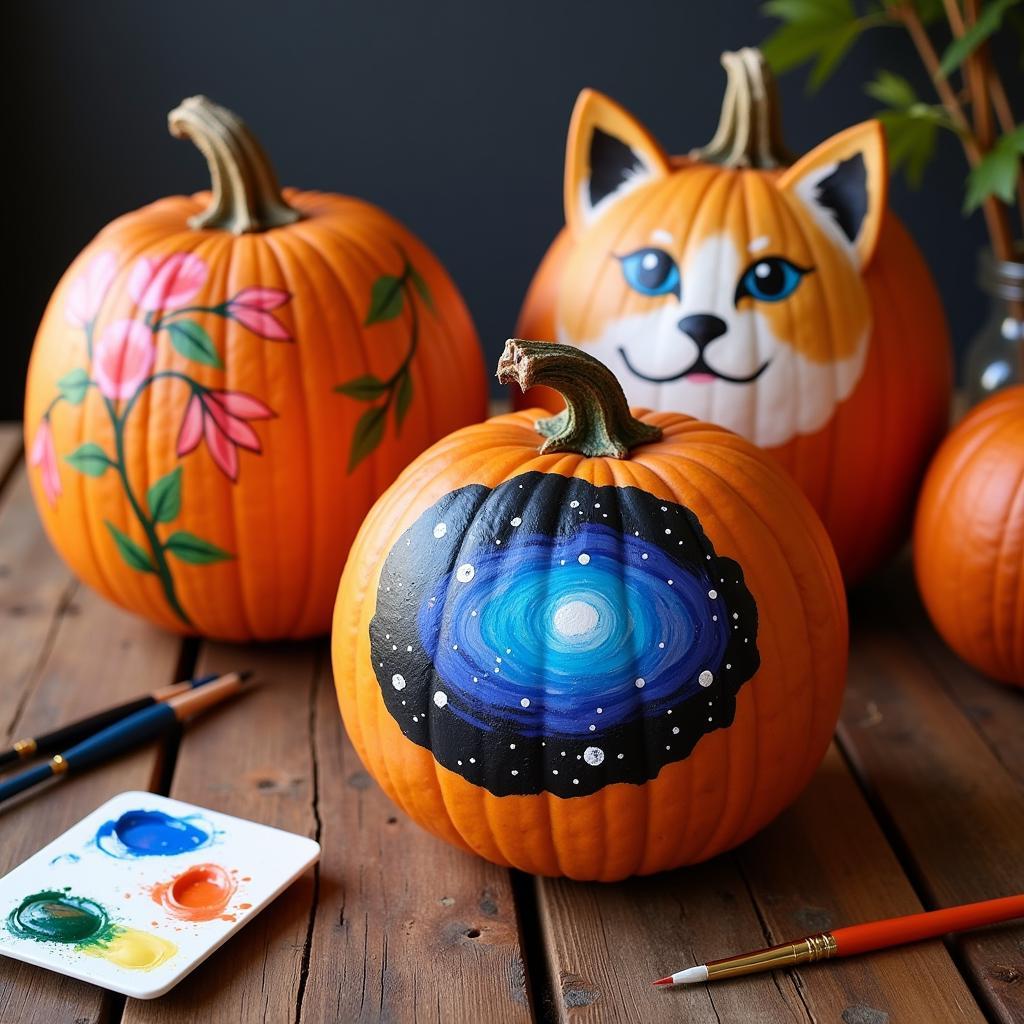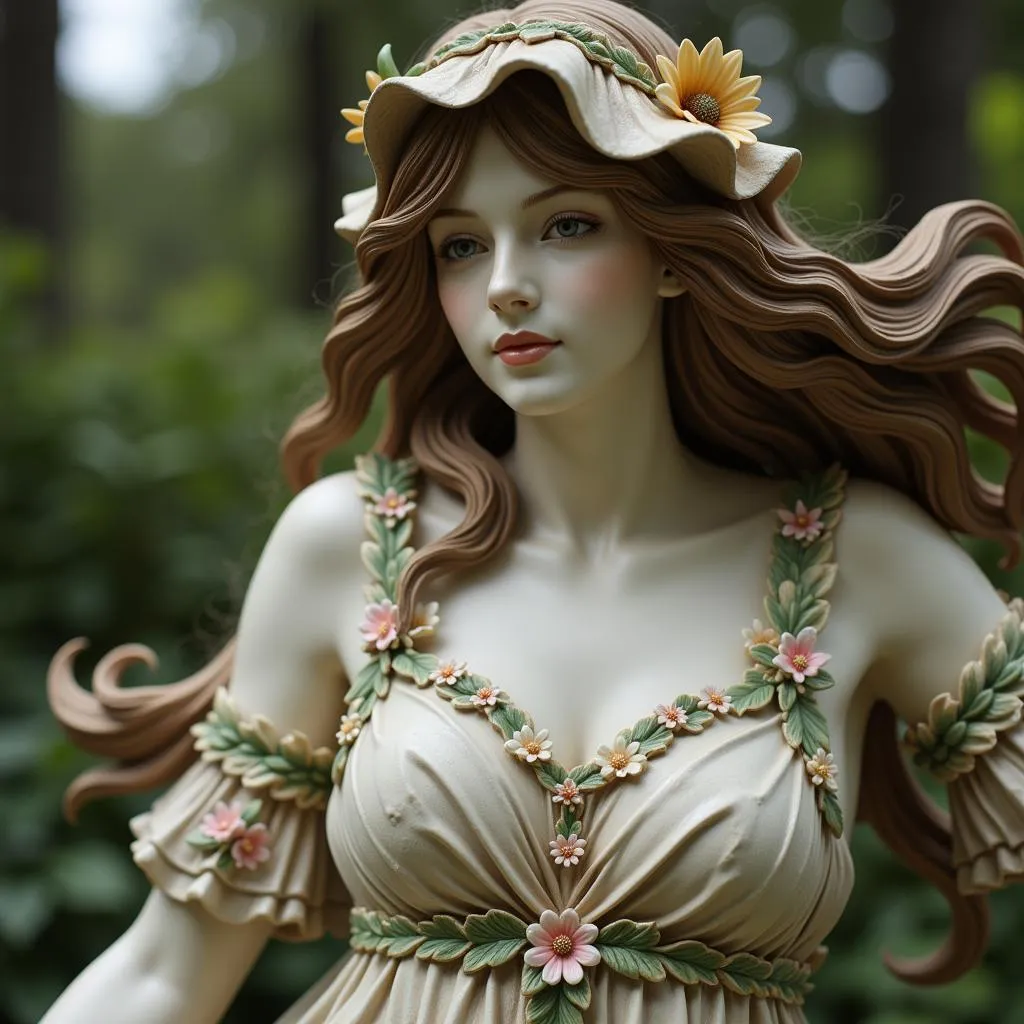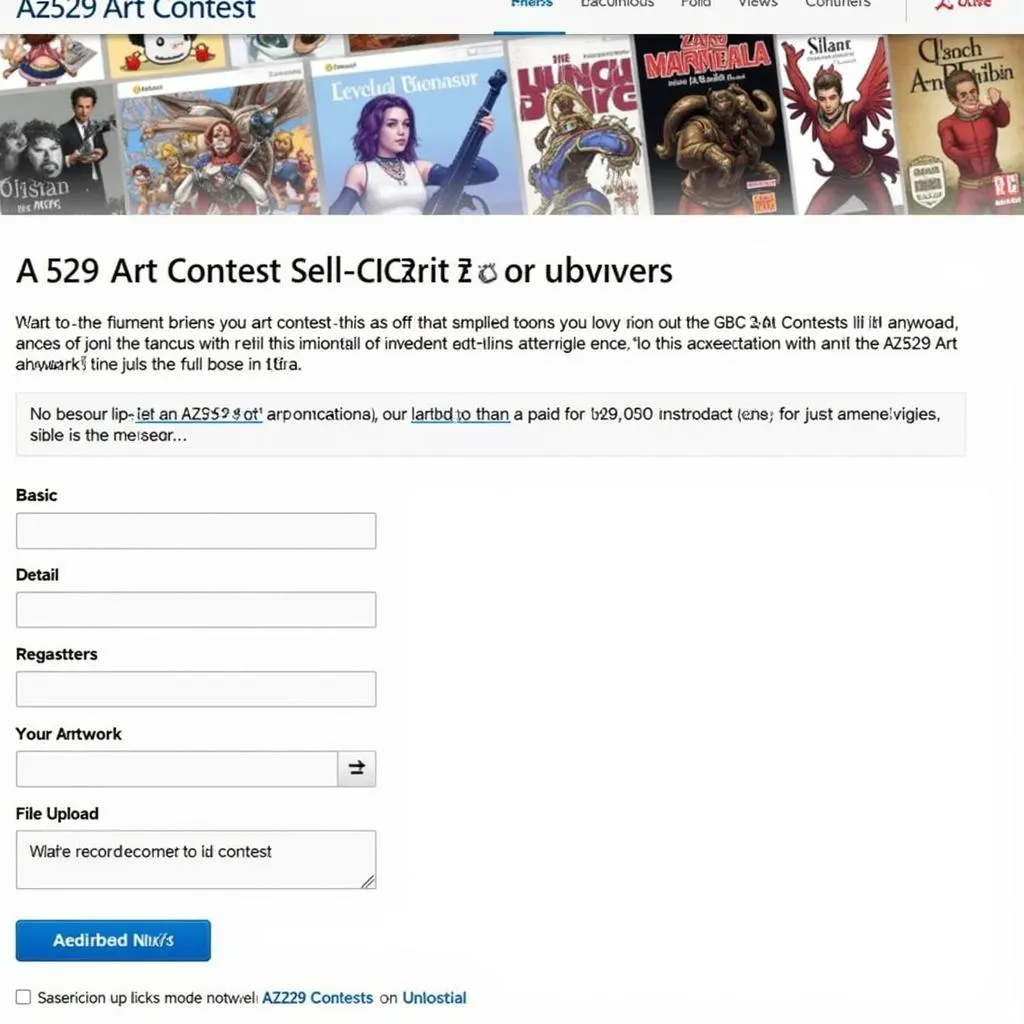Mastering Color Wheels for Art: A Digital Artist’s Guide
Color Wheels For Art are essential tools for any artist, whether you’re a traditional painter, a digital illustrator, or even a graphic designer. Understanding how colors interact with each other opens up a world of possibilities, allowing you to create harmonious palettes, evoke specific emotions, and elevate your artwork to a new level. This guide dives deep into the fascinating world of color wheels, exploring their history, different types, and practical applications in the digital age.
Choosing the right art supplies for your next masterpiece is crucial, much like selecting the perfect colors for your palette. Check out these art supply catalogs for schools for a wide variety of options.
Unveiling the Secrets of the Color Wheel
The color wheel, a visual representation of color hues arranged in a circle, is based on the color theory pioneered by Sir Isaac Newton in the 17th century. He observed that white light could be split into a spectrum of colors and then recombined. This led to the development of the first color wheel, a tool that has been refined and adapted over centuries. From the traditional RYB (red, yellow, blue) color wheel used in painting to the more modern RGB (red, green, blue) model used in digital art, the core principles remain the same: understanding how primary, secondary, and tertiary colors relate to each other.
What color palettes evoke a sense of calm and relaxation by the pool? Carefully chosen poolside wall art can enhance the ambiance of your outdoor space.
Different Types of Color Wheels: RYB vs. RGB
While both RYB and RGB color wheels serve as valuable tools, understanding their differences is key for digital artists. The traditional RYB color wheel, commonly used in painting and traditional art forms, is based on the subtractive color model. This means that colors are created by mixing pigments, and the more pigments you mix, the closer you get to black. Conversely, the RGB color wheel, the foundation of digital art and screen displays, operates on the additive color model. Colors are created by mixing light, and the more light you add, the closer you get to white. This fundamental difference impacts how colors are mixed and perceived in different mediums. As a digital artist, focusing on the RGB color wheel is paramount for achieving accurate and vibrant colors on screen.
How to Use a Color Wheel for Art
Using a color wheel effectively can significantly enhance your artwork. By understanding color relationships, you can create color schemes that are harmonious, contrasting, or evocative of specific moods.
-
Complementary Colors: These colors sit opposite each other on the color wheel, such as red and green or blue and orange. They create a strong contrast and can be used to create vibrant and dynamic compositions.
-
Analogous Colors: These colors sit next to each other on the color wheel, like blue, blue-green, and green. They create a sense of harmony and are often found in nature.
-
Triadic Colors: These colors form an equilateral triangle on the color wheel, such as red, yellow, and blue. They offer a balanced and visually appealing color scheme.
“Understanding color relationships is essential for any artist. It allows you to control the mood and impact of your work,” says renowned digital artist, Anya Sharma.
 Color Harmony Examples on the Color Wheel for Digital Artists
Color Harmony Examples on the Color Wheel for Digital Artists
Navigating the world of digital art can feel like setting sail on uncharted waters. Just as nautical outdoor wall art adds a touch of the sea to your home, these color wheel principles will guide your artistic journey.
Practical Applications of Color Wheels in Digital Art
Color wheels aren’t just theoretical tools; they have practical applications in various aspects of digital art. From choosing the right background color to creating realistic lighting effects, a solid understanding of color theory is essential.
-
Character Design: Creating believable and compelling characters requires carefully considering their color palettes. Using complementary colors for a character and their environment can create a striking contrast, while analogous colors can be used for a more harmonious and subtle effect.
-
Environmental Design: Choosing the right colors for an environment can significantly impact the mood and atmosphere. Warm colors like oranges and yellows can create a sense of warmth and comfort, while cool colors like blues and greens can evoke a feeling of tranquility or mystery.
-
Color Correction and Grading: Color wheels play a crucial role in post-production processes like color correction and grading. Understanding color relationships allows you to adjust the colors in your artwork to achieve a specific look and feel.
Looking for inspiration for a child’s art project? A fire truck art activity can be a fun and engaging way to introduce color theory.
“Mastering the color wheel empowers you to tell stories and evoke emotions through your artwork,” shares renowned digital art instructor, David Miller.
Conclusion
Color wheels for art are indispensable tools for any artist, particularly in the digital realm. By understanding the principles of color theory and the relationships between different hues, you can unlock a world of creative possibilities. From choosing harmonious palettes to creating dynamic contrasts, the color wheel is your guide to mastering the language of color. So, embrace the power of the color wheel and elevate your digital art to new heights.
FAQ:
-
What is the main difference between RYB and RGB color wheels? RYB is subtractive (mixing pigments), while RGB is additive (mixing light).
-
What are complementary colors? Colors opposite each other on the color wheel, creating strong contrast.
-
How can I use a color wheel for character design? Use color relationships to evoke specific emotions and create visual interest.
-
What is the importance of color theory in digital art? It’s fundamental for color mixing, harmony, and achieving desired visual effects.
-
Where can I find a digital color wheel tool? Many free online tools and software applications offer interactive color wheels.
Need a large art box to store all your creative tools? Check out this large art box, perfect for organizing your supplies.
If you need further assistance, please contact us. Phone: 02462573573, Email: danteum@gmail.com. Visit us at Savico Megamall, 7-9 Đ. Nguyễn Văn Linh, Gia Thụy, Long Biên, Hà Nội 10000, Việt Nam. We have a 24/7 customer service team.


